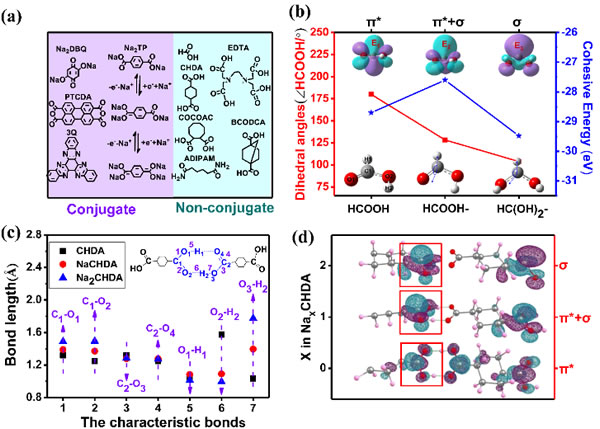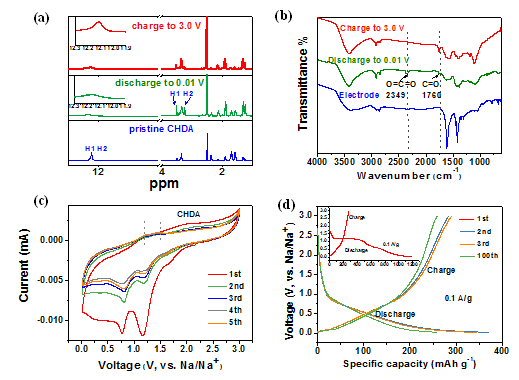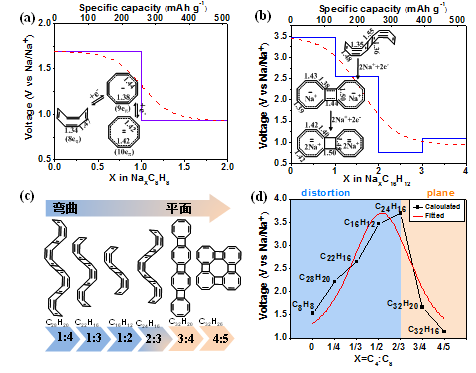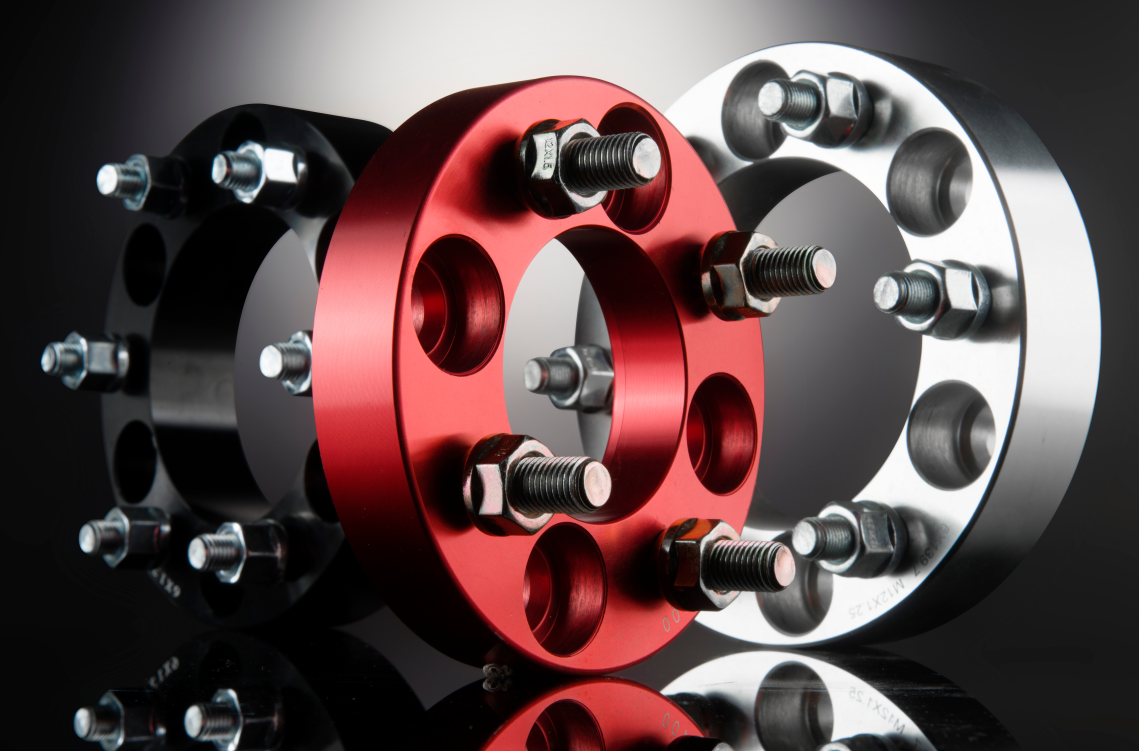Organic electrode materials have attracted more and more attention due to their environmental friendliness, abundant reserves and diverse structures. At present, most of the conventional organic electrode materials in sodium ion batteries are conjugated compounds, and electronic stable storage can be realized by a single double bond rearrangement mechanism in a functional group and a conjugated ring. However, research on the mechanism of sodium storage of non-conjugated electrode materials at home and abroad is still blank. If the conjugated compound can be extended to non-conjugated compounds, not only can the types of organic electrode materials be expanded, but also the activity of organic electrode materials can be improved and sodium ions can be enriched. Storage mechanism.
Recently, Liu Jianjun, a researcher at the Shanghai Institute of Ceramics, Chinese Academy of Sciences, and Wang Kaixue, a professor at Shanghai Jiaotong University, have made a breakthrough in the research on the mechanism of sodium storage of non-conjugated electrode material 1,4-cyclohexanedicarboxylic acid (CHDA). Progress has been published in the international journal "Applied Chemistry in Germany" (Angew. Chem. Int. Ed. (DOI: 10.1002/anie.201801654)). Ma Chao, a doctoral student at Shanghai Jiaotong University, and Zhao Xiaolin, a master student at Shanghai Institute of Silicate, are the co-first authors of the paper. The authors of the papers are Wang Kaixue and Liu Jianjun.
The work by density functional theory (DFT) calculation found that the non-conjugated electrode material CHDA can realize the storage of two Na+ through the H transfer between the functional group carboxyl-COOH, forming a new functional group -C(OH)2 and O=C= O, induces the transformation of π*→σ bond in CHDA, and realizes stable storage of electrons, that is, realizes sodium storage in a non-conjugated system. The non-conjugated electrode material CHDA sodium storage mechanism can be used as an important extension of the "proton-coupled charge transfer (PCET)" electrochemical mechanism in biological systems.
Based on the theoretical calculation of structural design, the CHDA electrode material was prepared experimentally and the reversible disappearance and formation of the reaction product O=C=O were confirmed by infrared spectroscopy. The reversible disappearance and formation of the reaction product-C(OH)2 were verified by NMR. The occurrence of H transfer was confirmed. The good electrochemical performance of CHDA was characterized by CV and charge-discharge curves. The two pairs of redox peaks in CV corresponded to the two-step sodium-encapsulation reaction of CHDA, which is consistent with the calculation. The charge-discharge curve is about 249mAh. The high specific capacity of /g is close to the theoretical specific capacity.
The Liu Jianjun team has long been committed to the research of organic energy storage materials, and has obtained a series of research results, including the study of cyclooctate-based electrode materials, designing different ratios of C4/C8 series fused, including single and double bond reconstitution and aromatic The double superposition of the mechanism can produce high voltage and specific capacity. This work has been verified by relevant experiments and provides an important theoretical basis for the design of high-voltage organic electrode materials (ACS Appl. Mater. Interface, 2018, 10, 2496); bio-organic molecular uric acid UA electrode material design, theoretical study of sodium storage of uric acid The mechanism, that is, the hybridization of the strongly electronegative N-e-p-orbital of C=C(NH-)2 and the lone pair of electron-orbitals of carbon anions stabilizes the carbon anion and realizes sodium storage. The experimentally tested composite UA@CNT can still maintain a capacity of 163 mA h/g by circulating 200 laps at a high current density of 200 mA/g (Appl. Mater. Interface, 2017, 9,33934).
The above research work has been supported by national key research and development programs, the National Natural Science Foundation, and the Shanghai Materials Genome.

(a) enumeration of typical conjugated and non-conjugated organic molecules, and sodium storage mechanism of conjugated organic molecules; (b) molecular structure design - electronic structural adjustment; (c) hydrogen transfer coupled electrochemical reaction characterization; (d) Electronic storage of π*→σ bond transition

(ab) 1H NMR and IR characterization of hydrogen transfer mechanism in original CHDA, discharge to 0.01 V and charge to 3.0 V; (cd) electrochemical test, CV curve (0.5 mV/s), charge and discharge curve (0.1A/g)

(ab) Discharge curves of C8H8 and C16H12, and changes in the number of π electrons and CC bond length during discharge, and electron stabilization mechanism; (cd) organic molecular structure design and discharge voltage prediction
Yokelink providing high-quality wheel accessories, including Wheel boltss, Wheel nuts and Wheel spacers. Wheel spacers are essential components that are used to create additional space between the wheel hub assembly and the wheel. They are designed to improve vehicle stability, enhance handling, and allow for the installation of larger tires.

Wheel Accessories,Wheel Lug Nuts,Truck Wheel Spacers,Chrome Wheel Nuts
Ningbo Yokelink Machinery Co.,Limited , https://www.yokelink.com